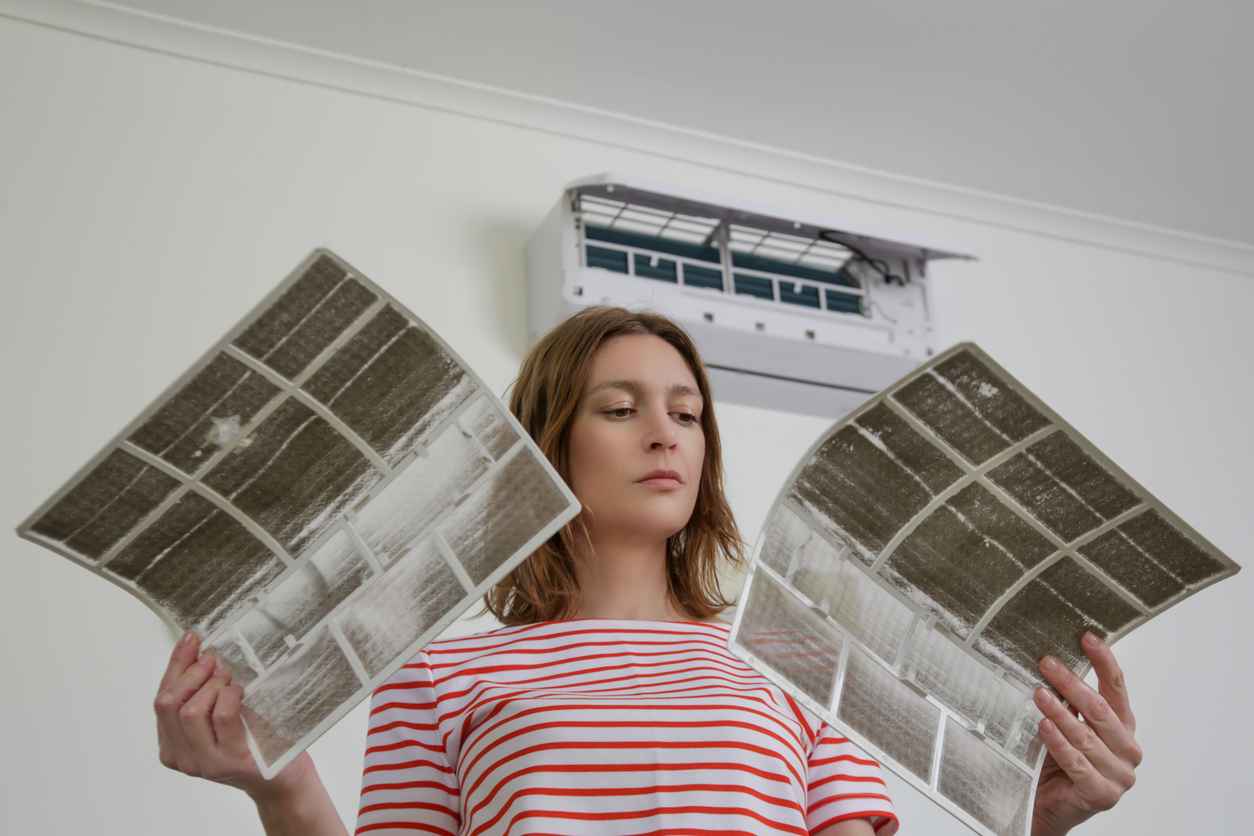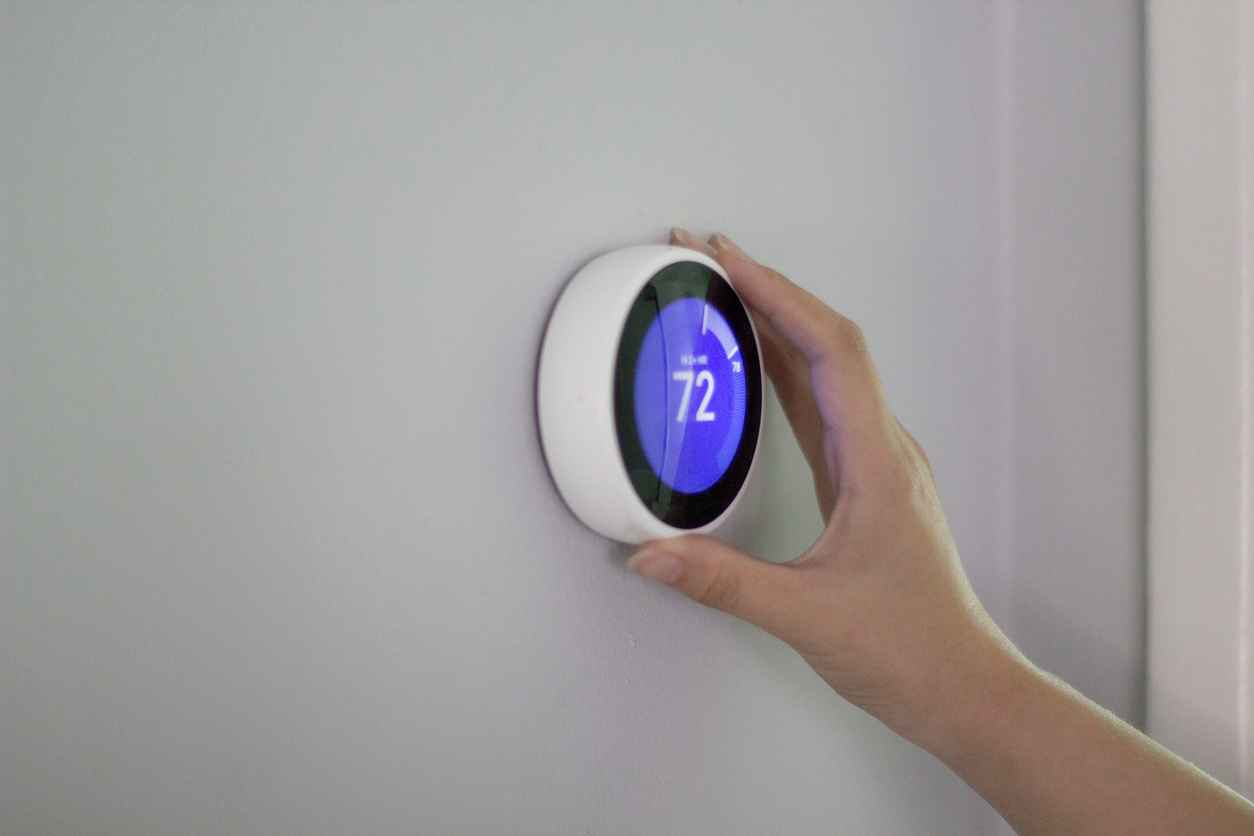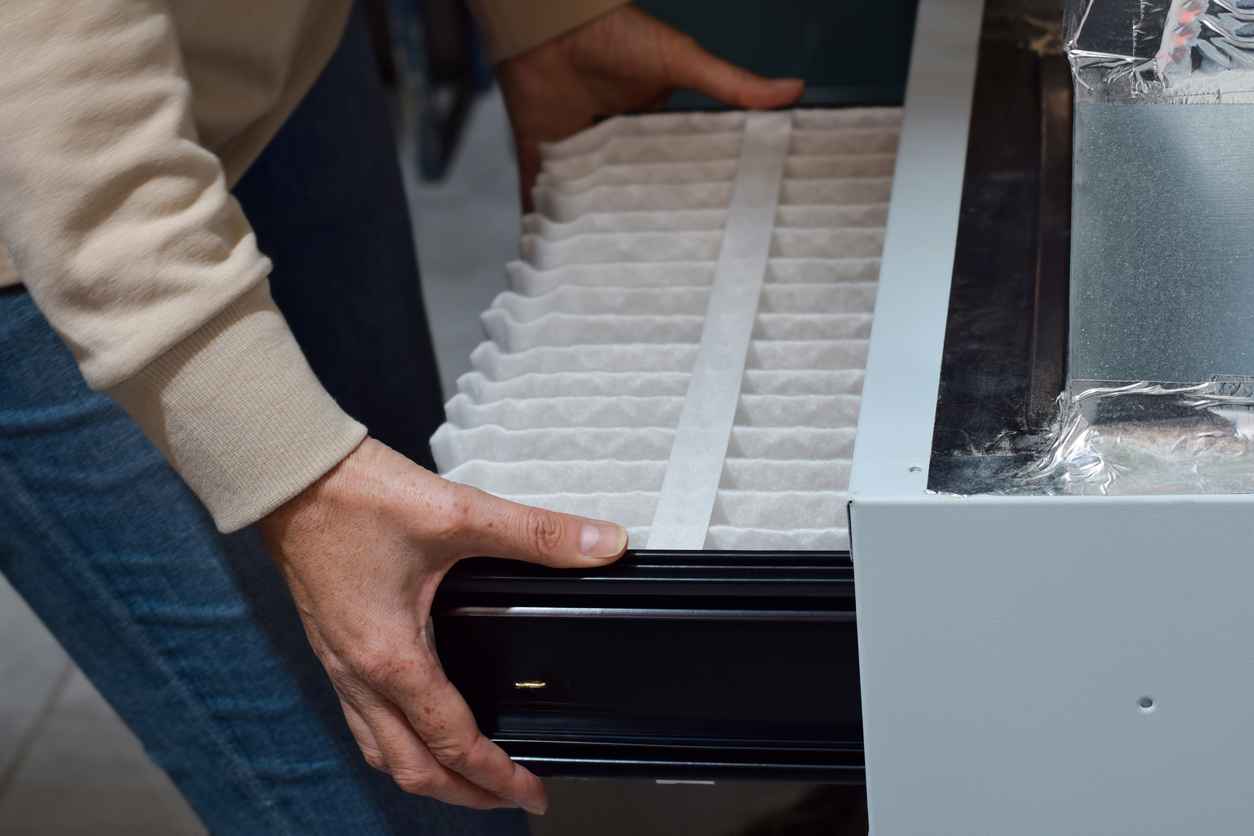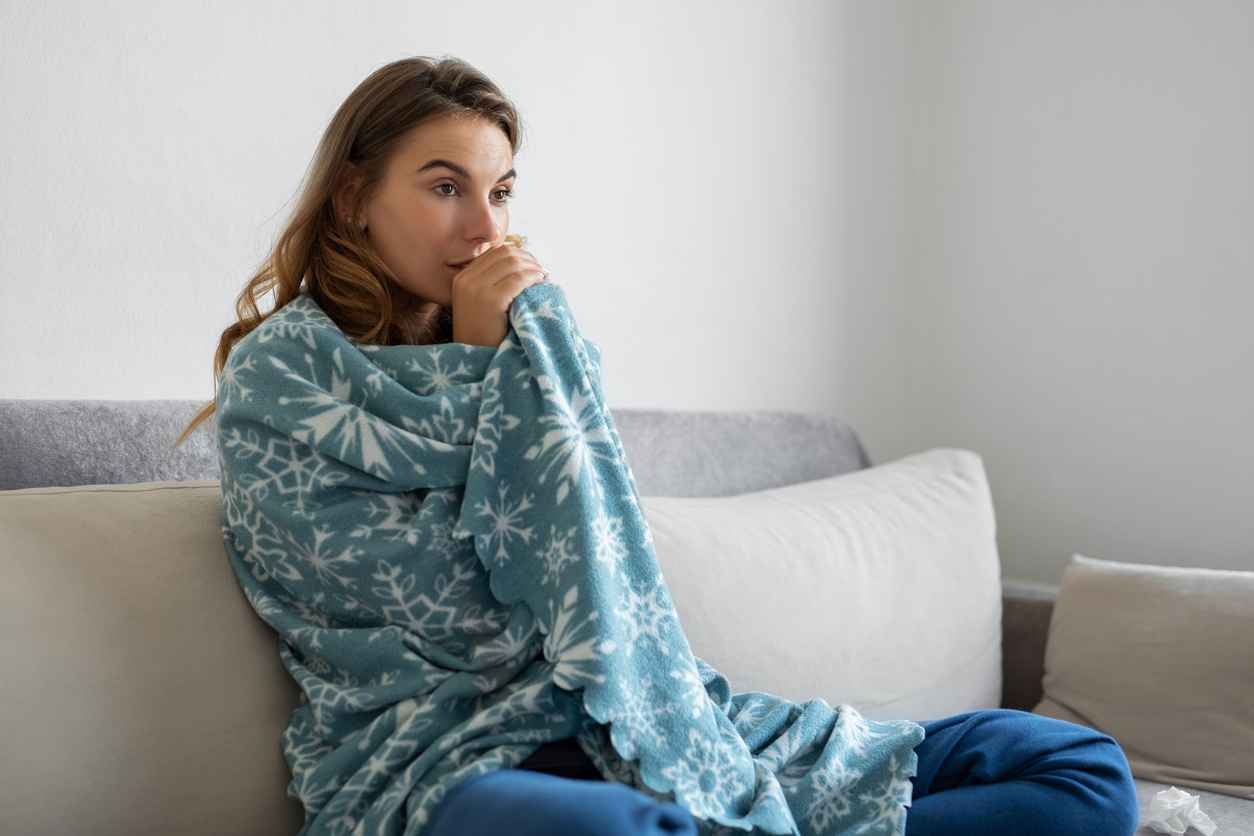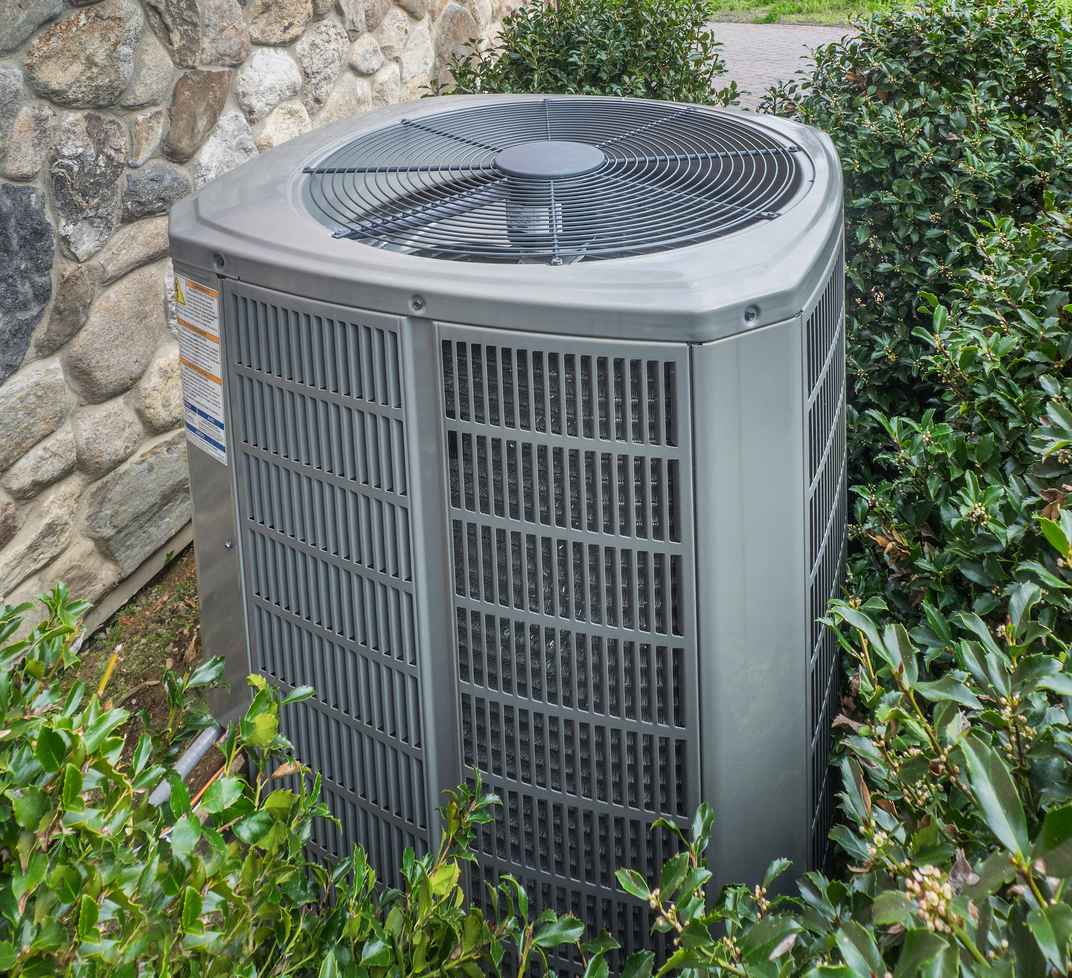Need Service Today? Contact Us Now!
What Temperature is Too Cold for a House?
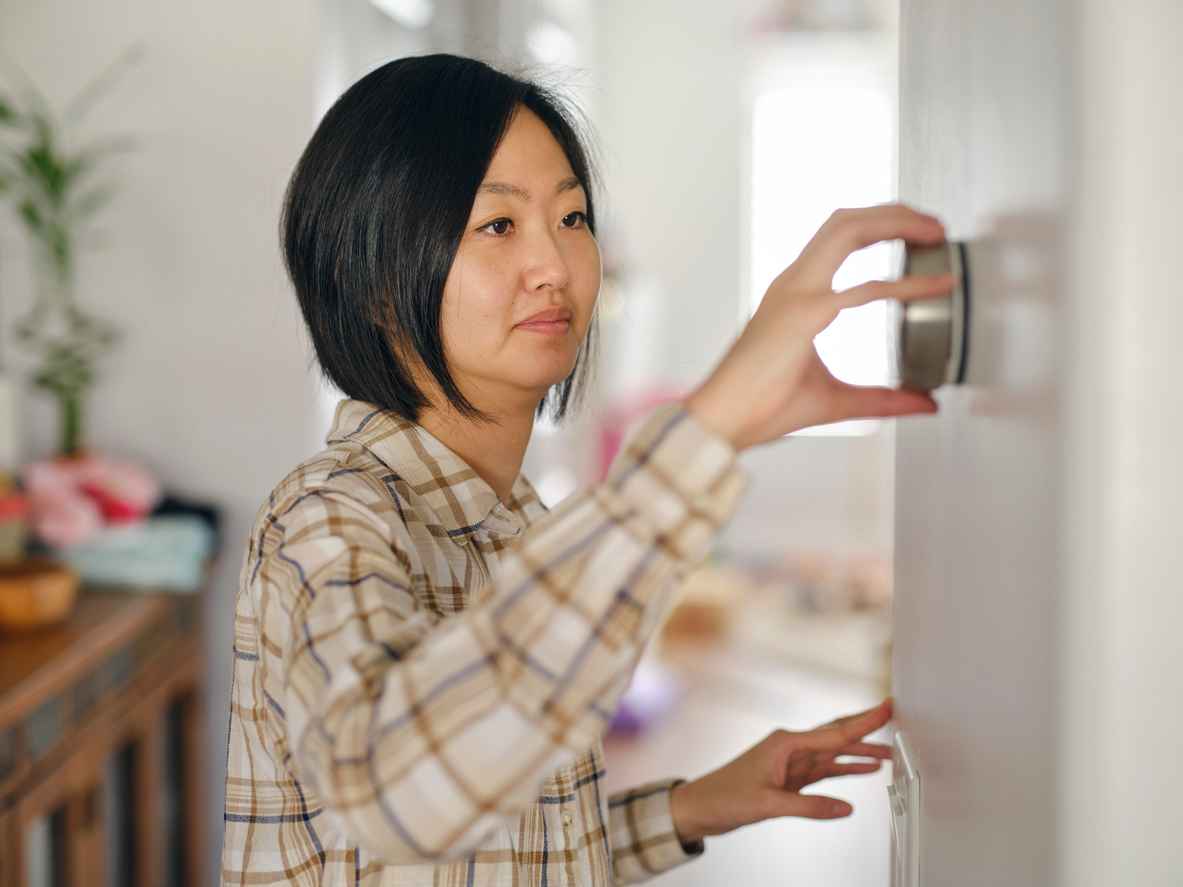
Keeping your home at a comfortable and safe temperature is essential for your well-being and the integrity of your house. However, determining what temperature is too cold for your home can depend on factors such as your health, energy efficiency goals, and the climate where you live. Understanding the risks of a house that’s too cold and finding the right balance can help you maintain a cozy and safe environment.
Why Keeping Your Home Too Cold Can Be a Problem
While lowering your thermostat may save on energy costs, keeping your house too cold can lead to a variety of issues. A temperature that is too low can:
- Impact Your Health: Prolonged exposure to cold temperatures can cause discomfort, aggravate respiratory issues, and put strain on your cardiovascular system. It’s especially risky for young children, the elderly, and those with chronic illnesses.
- Damage Plumbing: Freezing temperatures in your home can cause water pipes to freeze and burst, leading to costly repairs.
- Harm Your Home’s Structure: Extreme cold can damage materials like wood and drywall, leading to warping, cracking, or other structural issues.
- Encourage Mold Growth: Cold, damp environments create the perfect conditions for mold and mildew to develop, which can harm both your home and your indoor air quality.
What Temperature is Considered Too Cold for Your House?
Experts typically recommend maintaining an indoor temperature of at least 60°F to ensure both comfort and safety. Temperatures below this threshold can create risks for your health and home. During particularly cold weather, aim to keep your thermostat set between 65°F and 70°F to avoid overworking your HVAC system and ensure adequate warmth.
Factors to Consider When Setting Your Thermostat
When determining the ideal temperature for your home, it’s essential to consider both safety and comfort. Balancing these needs ensures that your living environment remains pleasant while also protecting your home from potential damage caused by extreme cold. Let’s explore the key factors to keep in mind.
Health Needs
If you or your family members are sensitive to cold or have specific health concerns, err on the side of caution and keep your home slightly warmer. For example, older adults and young children benefit from temperatures in the range of 68°F to 72°F.
Energy Efficiency Goals
Balancing comfort and energy efficiency is key. Consider using a programmable thermostat to lower the temperature slightly when you’re away from home or sleeping but ensure it doesn’t drop below 60°F. This approach saves energy while protecting your home.
Climate Conditions
Homes in colder climates may need to maintain higher indoor temperatures to offset the chill of outdoor air and protect plumbing systems. Conversely, milder climates may allow for lower settings without risks.
Tips to Maintain a Safe and Comfortable Temperature
Simple adjustments and proactive maintenance can make a big difference in keeping your home warm and energy-efficient. By implementing these tips, you’ll not only protect your home from the risks of low temperatures but also create a more enjoyable living space for your family.
Seal Drafts and Insulate
Ensure your home is properly insulated and seal any drafts around windows and doors. This helps maintain a consistent indoor temperature and reduces the workload on your HVAC system.
Use Zone Heating
If certain areas of your home are used more than others, consider zone heating to concentrate warmth where you need it most. This approach can help save energy while keeping key spaces cozy.
Invest in a Smart Thermostat
Smart thermostats allow you to monitor and adjust your home’s temperature remotely, ensuring that it stays within a safe range no matter where you are.
Schedule Regular HVAC Maintenance
A well-maintained heating system is critical for maintaining a consistent and efficient temperature in your home. Regular tune-ups can identify and address potential issues before they become costly repairs.
What Happens When a House Gets Too Cold?
If the temperature in your home drops too low, the consequences can be severe. Freezing pipes, increased humidity, and condensation can damage your property, while prolonged exposure to cold can negatively impact your health. Avoid these risks by monitoring your thermostat and addressing any HVAC issues promptly.
Stay Warm with Mission Viejo Heating & Air
Maintaining a safe and comfortable temperature in your home starts with a reliable heating system. If you’re experiencing issues with your HVAC system or need expert advice, Mission Viejo Heating & Air is here to help. Serving Orange County with top-quality HVAC services, we ensure your home stays warm and energy-efficient all year long. Contact us today to schedule a service or consultation!

